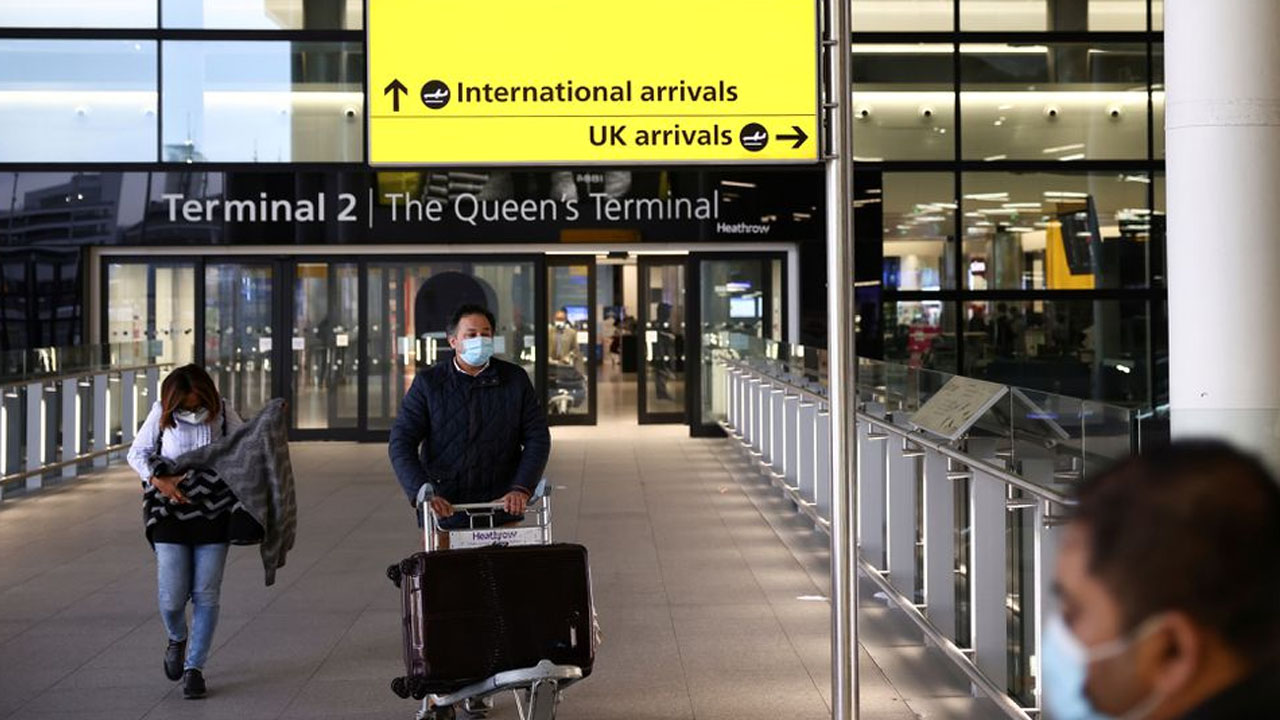Bussiness
Winterproofing mental health at work – London Business News | Londonlovesbusiness.com

As autumn rolls in, we’re reminded that winter isn’t far behind. Days darken and nights draw in, giving us less sunlight and less mood-boosting vitamin C.
This World Mental Health Day, employers should look at how they can support their staff through the mental and physical hardships of the winter months.
Why does mental health at work matter?
This year’s World Mental Health Day takes ‘workplace mental health’ as its theme for good reason.
Stress, depression and anxiety are widely recognised as the biggest causes of work-related ill health, accounting for half of all cases recorded by HSE in the past year. Studies estimate that 15% of all workers have an existing mental health condition.
Employers who don’t effectively manage employee mental health can expect to see it manifest in poor performance, increased absences, and higher staff turnover.
Workplaces that become known as ‘toxic’ or ‘highly stressful’ quickly gain a negative reputation, turning new talent away. Employees whose mental health takes a nose-dive are likely to look for new employers who demonstrate they can keep workers happy and healthy.
What can employers do to winterproof for mental health?
We’re so hard-wired to expect gloom and darkness in winter, we even celebrate winter festivals to lift our spirits and remind ourselves there are people around us. For employers though, it takes more than a festive party to winterproof your workplace against mental ill-health.
Deteriorating mental health isn’t obvious, unless you know the signs to look out for. Seasonal Affective Disorder, or SAD, is a common mental health condition in the winter months. Symptoms vary, but you may see workers display a lack of energy, difficulty concentrating, or behaviour that is variously anxious, angry or agitated.
It’s not up to employers to solve depression, or to treat it. Prevention is key. Employers should take an open and supportive approach to make mental health part of routine workplace conversation. By de-stigmatising talking about how we feel, it can be less of an obstacle for workers to speak to someone when they begin to struggle.
Introducing this kind of culture starts with training. Offering employees the opportunity to attend a mental health awareness course can equip staff with knowledge of some common mental health issues, advice on looking after their own mental health and the confidence to support others in distress or who may be experiencing a mental health issue. Managers can use meetings, appraisals and even informal chats to continue this momentum.
Mental Health First Aiders are another great way to support employees who may be struggling with their mental health at work. Like other First Aiders, they’re trained to be the first line of defence, and can help spot who might be in trouble and what kinds of help they might need.
Mental Health First Aiders are trained to be vigilant yet discreet. They know the common signs of mental ill-health, can signpost anyone struggling to valuable local resources, and advise how to access treatment. More than that, a Mental Health First Aider can help to foster sense of community amongst workers.
For workers who need access to treatment, Employee Assistance Programmes (EAPs) can also help to make treatments such as therapy more accessible and affordable. Younger employees, in particular, are forthright in demanding health support at work. Research shows that two-thirds of young employees recognise it as their most valuable benefit, while 7 in 10 would consider switching employers if they did not offer health cover.
Gavin Scarr Hall, Health & Safety Director at Peninsula, says: “Mental health risks in the workplace always heighten at this time of year. In the same way, the support employers offer must change with it to mitigate this risk.
“It’s all too easy for employees to bottle up stress and anxiety until it becomes a much bigger problem. By keeping mental health on the agenda, it won’t seem so strange or frightening for them to raise any concerns they have early on.“Employers must set a high standard for supporting workers’ mental health, beginning with developing a mental health at work plan that draws these measures together, and details the specific risks in their workplace.
“Consulting and coordinating with workers are the best ways to identify what’s truly affecting their mental health. Employers should be encouraging open conversations and creating the time and resources to allow these conversations to continue and become engrained in the workplace culture.”










